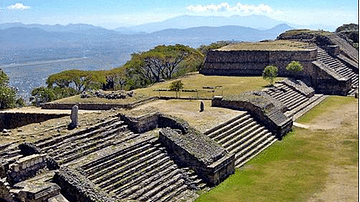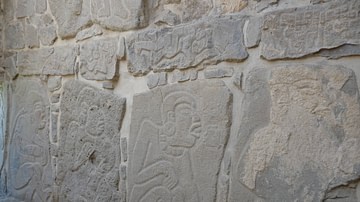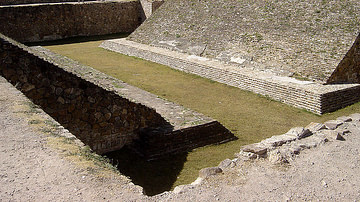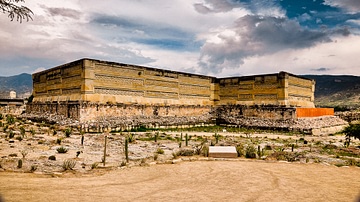Video
Cite This Work
APA Style
Kyokai, U. T. N. N. H. (2018, July 27). Historic Centre of Oaxaca and Archaeological Site of ... (UNESCO/NHK). World History Encyclopedia. Retrieved from https://www.worldhistory.org/video/1542/historic-centre-of-oaxaca-and-archaeological-site/
Chicago Style
Kyokai, UNESCO TV NHK Nippon Hoso. "Historic Centre of Oaxaca and Archaeological Site of ... (UNESCO/NHK)." World History Encyclopedia. Last modified July 27, 2018. https://www.worldhistory.org/video/1542/historic-centre-of-oaxaca-and-archaeological-site/.
MLA Style
Kyokai, UNESCO TV NHK Nippon Hoso. "Historic Centre of Oaxaca and Archaeological Site of ... (UNESCO/NHK)." World History Encyclopedia. World History Encyclopedia, 27 Jul 2018. Web. 03 Apr 2025.




